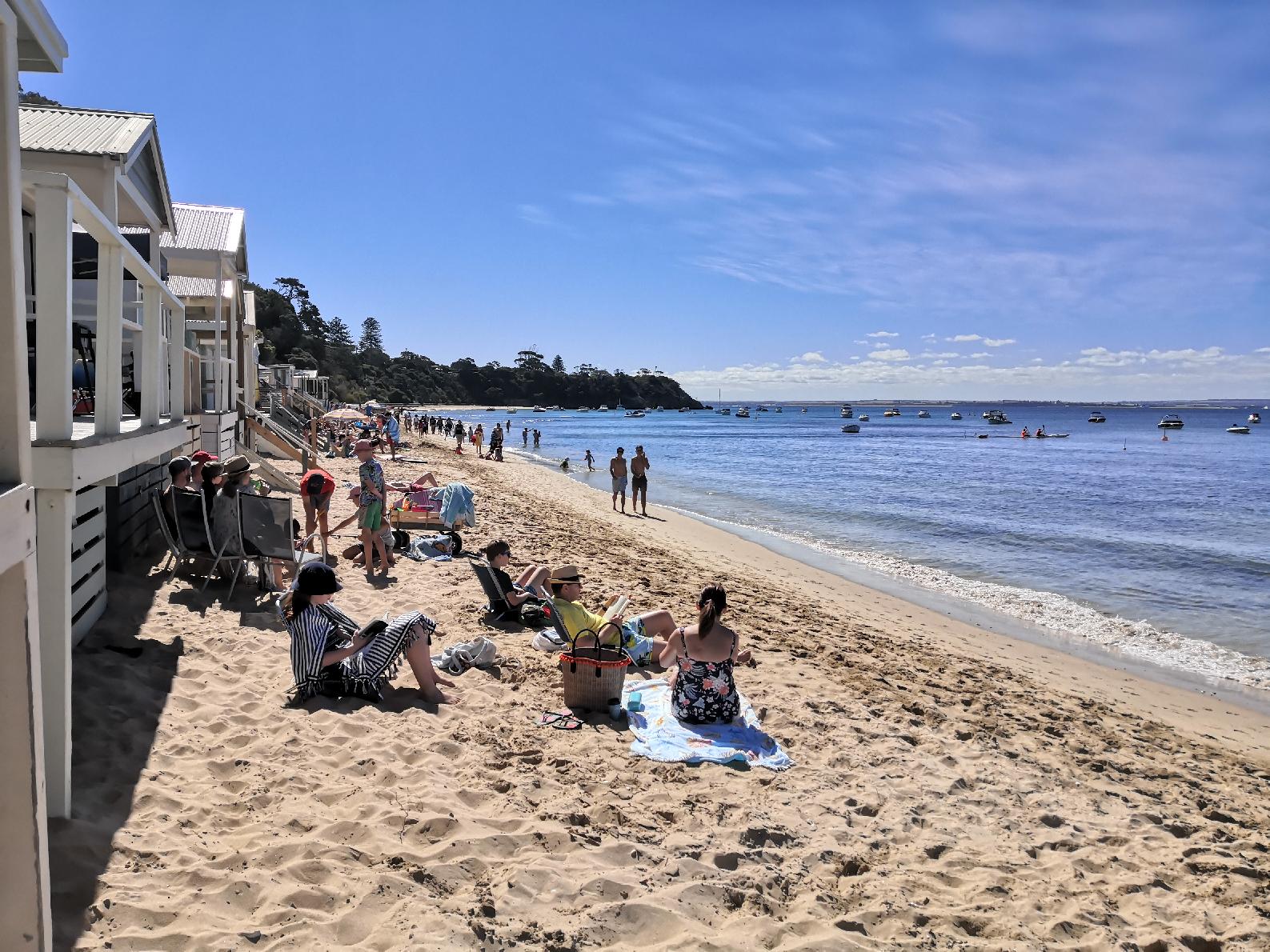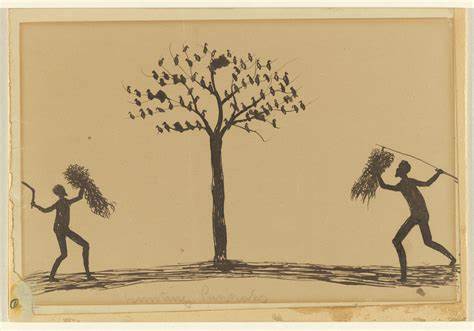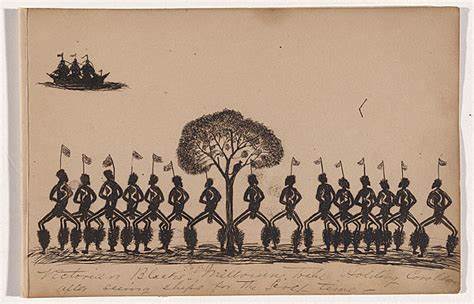
AsianOverland.net
Tour Guide - Itinerary
Asian Overland Sydney to London
Started 22/06/2022 Finished 21/06/2023365 Days ITINERARY
Day 4 date 25/06/2022MELBOURNE to DGILLONG (GEELONG), WATHAURUNG
ASIANOVERLAND.NET SYDNEY TO LONDON DAY 4: MELBOURNE TO DGILONG (GEELONG), WATHAURUNG
Within Melbourne, the Birrarung Marr is an historical, natural walkway along the Yarra River. You can walk along the Yarra River to Kooyong, named after the Indigenous word for eels, “kooyang”. Eels were always plentiful along the Yarra River, traditionally smoked in hollowed-out smoking trees or on the campfire or fire hearth, as were many freshwater fish.
The Botanical Gardens in Melbourne are also great for nature walks and native plants, including lemon myrtle (have a cuppa lemon myrtle tea).
You can travel further up the Yarra through Kangaroo Grounds, golf courses and Yarra Valley vineyards to Ferntree Gully, home of the platypus and other unique Australian animals.
Head to the beaches along Port Phillip Bay, where some trees at St Kilda beach are 600 years old, and the shell middens or dinner camps are up to 6,000 years old. The shell middens created by dinner camps over thousands of years are easily visible at eye height along the beach footpath at Brighton, and along most of Port Phillip Bay, Rickets Point Marine Park (great for snorkelling) to Portsea and Point Nepean.
The Bunurung (Boonwurrung) people are coastal people, whose northern border with the Wathaurong is the Werribee River, and whose southern lands and eastern border include Wilson’s Promontory, where male initiation ceremonies took place.
Female sacred sites and secret women’s sites (for initiation and birthing) are on the southwestern tip of Port Phillip Bay, at Portsea and Point Nepean, where the dinner camps and shell middens are older than 10,000 years, when the Yarra River still flowed through Port Phillip Heads (visit the Sorrento Museum, where the middens and ancient aboriginal tools are displayed). Apart from the Yarra River and Werribee River and their tributaries, Port Phillip Bay was otherwise dry 13,000 years ago.
During the first Ice Age (60,000-70,000 years ago), a lot of the world’s water was frozen in ice, and the sea level was about 70 meters below where it stands today. This created the landbridge between Cape York and New Guinea, allowing the First Australians to walk from New Guinea to Australia; and from Wilson’s Promontory to Tasmania. Australian Aboriginal DNA and New Guinea DNA are nearly identical, but are otherwise unique in the world, as their DNA has largely been isolated from the marauding, raping conquerors of Asia and Europe. Genghis Khan was a great conqueror and overlander, but his hordes could never reach the island continent of Australia.
During the last Ice Age (30,000-18,000 years ago), even more of the world’s water was frozen, and the sea level was about 135 meters below where it stands today, the Gulf of Carpentaria was Lake Carpentaria, teaming with tropical wildlife) and the northern landbridge extended from Darwin to Papua, as well as from Cape York to New Guinea. During the last ice Age, new languages were also introduced into West Arnhem Land, Kakadu and the Kimberley, but East Arnhem Land still retains the same broad language group as the rest of Australia.

After the end of the last Ice Age 18,000 years ago, the waters slowly moved up 135 meters until Tasmania was isolated from the Australian mainland, and Bass Lake was filled in with saltwater to form Bass Strait. During this period, Lake Carpentaria was also filled with saltwater, and Australia became isolated from Papua and New Guinea.
Bunurong and Boonwurrung dreamtime stories still speak of the time the saltwater passed through the Heads and flooded the banks of the Yarra River and Werribee River into what is now Port Phillip Bay. The ford/waterfall on the Yarra River at Princes Bridge was the Aborigines’ last remaining defence against the rising saltwater, and prevented the saltwater from destroying the freshwater eels, platypus and fish in the Yarra River.
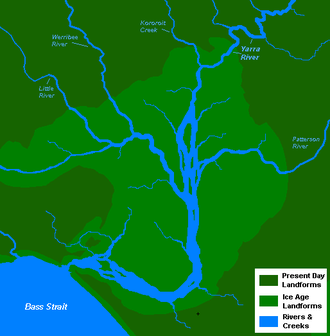
Bunurong women being coastal people, were great at fishing, and even partnered with dolphins to help them push fish into their nets. This was noticed by European sealers in the early 19th century, who stole the Bunurong women from the Portsea beaches and took them to sealing stations in Albany and Tasmania.
The Bunurong women left behind their dinner camps, shell middens and fire hearths, including one on the beach in front of Portsea Quarantine station which is one of the best preserved fire hearths in the world, better than any Egyptian ones.
Genocide and “terra nullius” might have sounded like easy concepts in theory in the Colonial Office in London, but the Indigenous people and their unique DNA have survived. Bunurong descendants are spread across the country, many based in Albany and Tasmania, where the Bunurong elders still tell their dreamtime stories of when the sea flooded their country.
The first European settlement in Victoria was established as an English prison in 1803 at Sorrento and is still worth a visit. Unfortunately for the English, they couldn’t find any fresh water, so they left Sorrento after only six months and moved their prison settlement to Hobart, Tasmania.
It’s ironic that the Europeans couldn’t find fresh water, because Portsea, Point Nepean and the Mornington Peninsula are full of permanent waterholes like Portsea Lagoon, teaming with eels, fish and ducks, for whom those waterholes, lagoons, billabongs and wetlands are home. The Indigenous people have known this for tens of thousands of years, but the Europeans walked straight past them, expecting fresh water to run into Port Phillip Bay near Sorrento.
The English prison guards also couldn’t find one of their prisoners, William Buckley, who escaped from Sorrento prison in 1803 and walked around Port Phillip Bay with the help of the local Bunurong people to the Werribee River, where he crossed into Wathaurong country. One of the Wathaurong women recognised William Buckley as her recently deceased husband, who had returned to life with white skin, as ghosts apparently do. Buckley lived with the Dgillong people for 31 years until John Batman arrived in 1834 and Buckley walked into Batman’s camp. Hence the saying “Buckley’s chance” – meaning no chance. Also paraphrased into “You have Buckley’s and None” – meaning you have no chance.
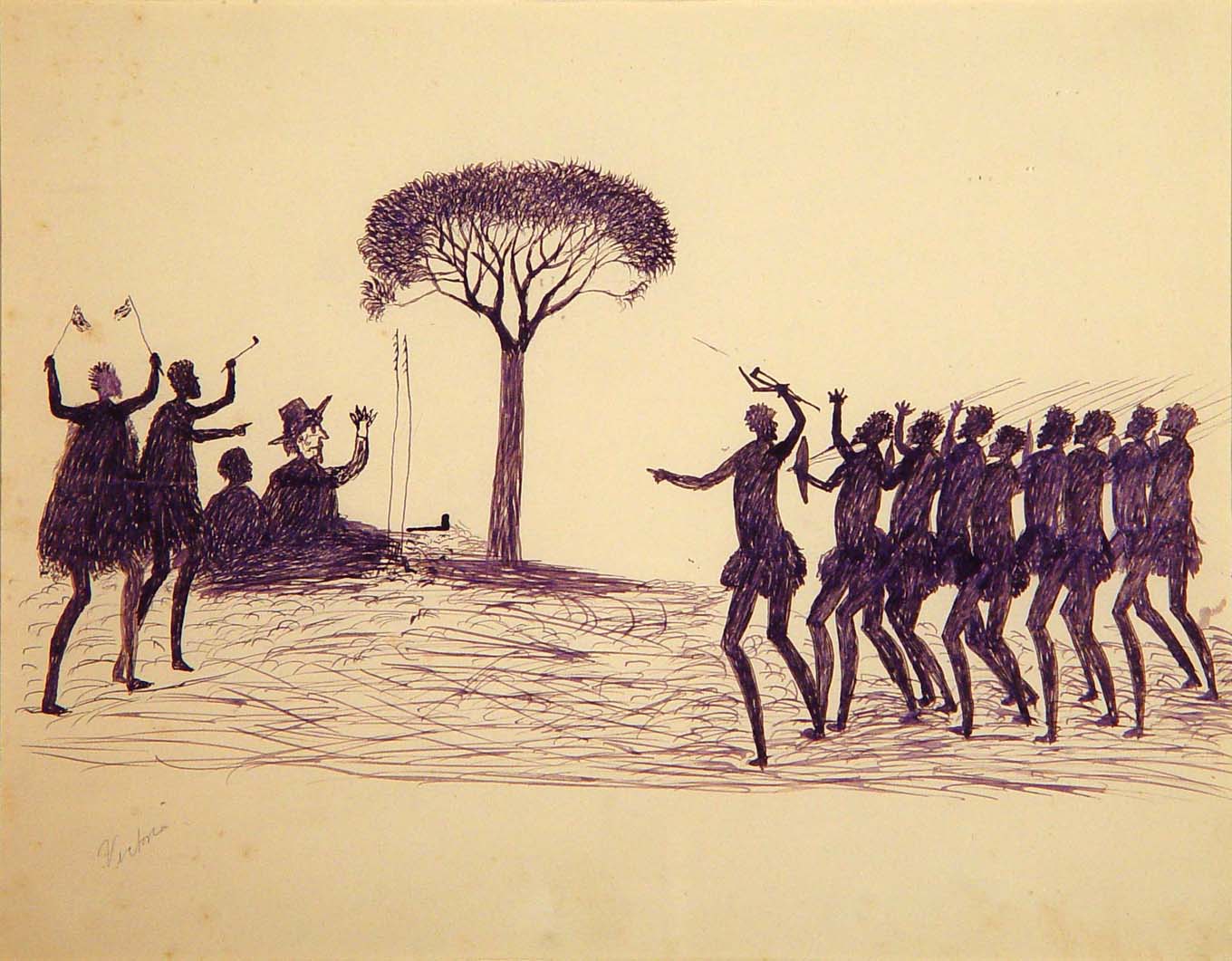
Rather than following Buckley’s footsteps around Port Phillip Bay, we take one of the most beautiful ferry rides in the world, from Sorrento across Port Phillip Heads past the dolphins, seals, seahorses and fish (great snorkelling) to Queenscliff in Djillong country.
Djillong means 'a tongue of land' (referring to Indented Head) - pronounced Geelong since Europeans came to the area.
I must admit to a bias here, as I was born in Geelong Hospital in 1954 and lived in Djillong country at Winchelsea for two years in the land of cockatoos, galahs and parrots. The Djillong tribal bias is very strong, unbreakable, and my first two years meant I belong to the Djillong tribe and am a Geelong supporter for life.
In 1834 William Buckley introduced John Batman to the owners of the land around Port Phillip Bay, as he lived with and knew them all, and knew their law and customs (attached Tommy McRae painting of William Buckey and Aborigines). One of the original Batman Deeds (often called a Treaty), is at the Narana Aboriginal Cultural Centre, another place which is well worth a visit for the unique plants, animals, people and their history.
© This work is copyright. Apart from any use permitted under the Copyright Act 1968, no part may be reproduced by any process, nor may any other exclusive right be exercised, without the permission of Peter Searle, peter@portseavillageresort.com; 1980-2024.
Website built by Justin O’Dea www.webdeveloperdocklands.com.au

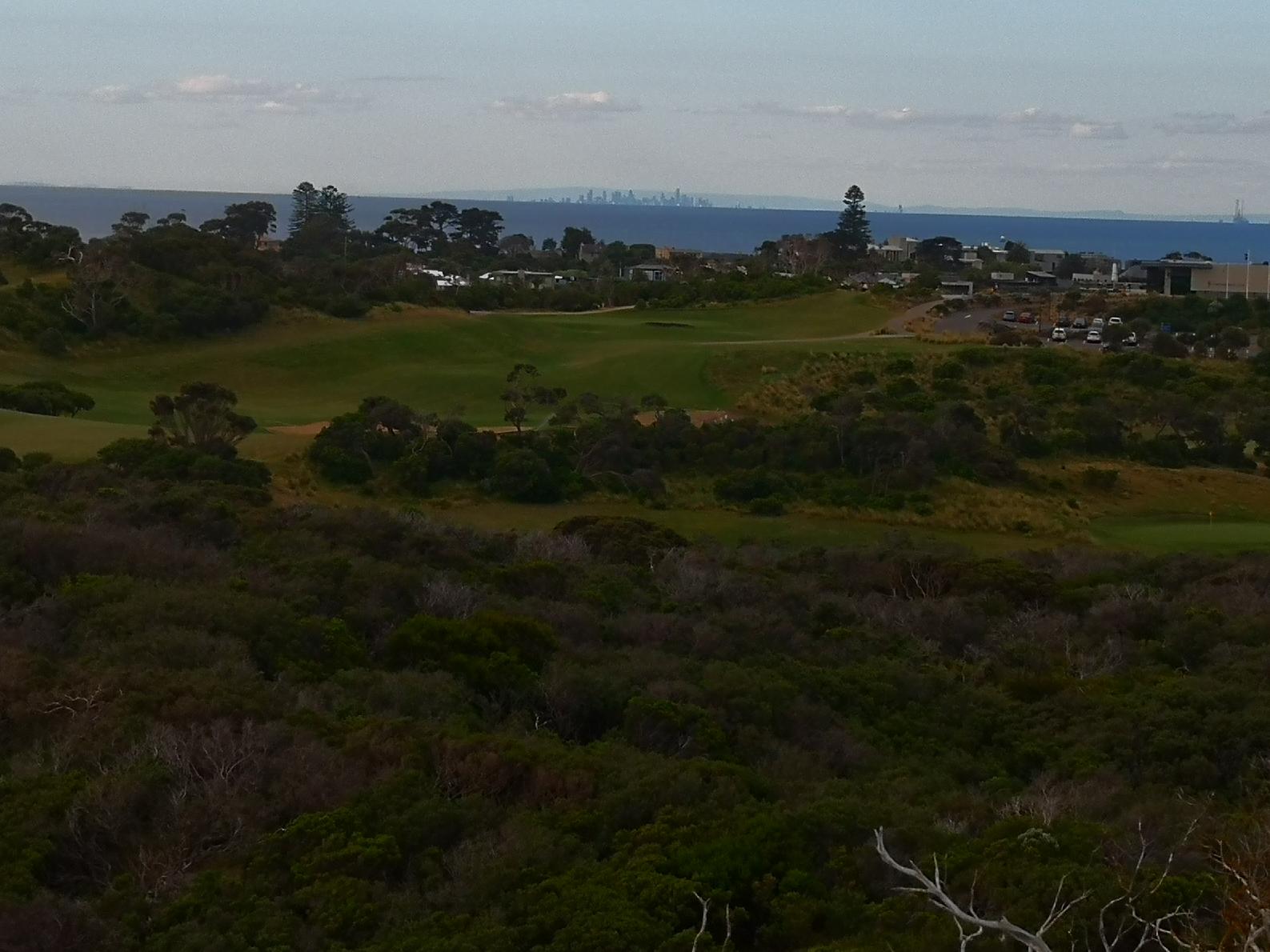


.jpg)
